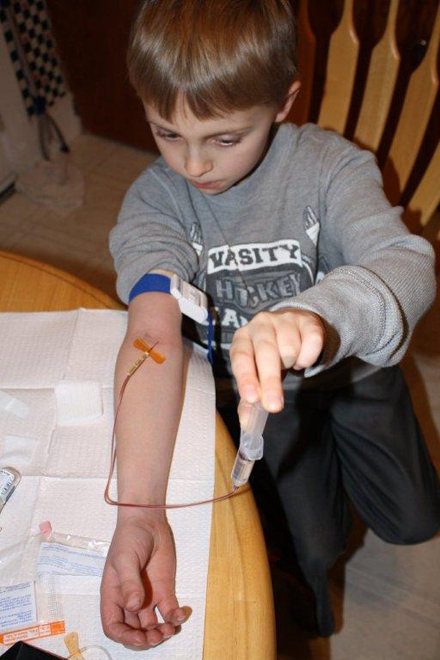When most people think of bleeding disorders, they tend to think of Hemophilia.
And if they know a little more than the average guy or gal—and let’s face it, if you’re a Patient Worthy reader you know a lot more!—they might have heard of Hemophilia A and Hemophilia B. But while these are certainly the best known bleeding disorders, they’re far from the only ones.
Hemophilia A and B are caused by low levels of proteins in the blood called clotting factors, which help in the process of healing damaged blood vessels. A and B are tied to low number of Factor VIII and Factor IX, respectively. If there are Factors VIII and IX that must mean there are Factors I to VII.
Indeed there are, and the deficiencies associated with these Factors are even less well-known. Like Factor I deficiency, also called Fibrinogen deficiency. This ultra-rare bleeding disorder is thought to affect as few as 1 to 2 people per million, and there is very little out there in the way of resources for people wanting to learn more.
Fortunately, our neighbors to the North in the Canadian Hemophilia Society created a handy dandy information booklet about Fibrinogen deficiency.
The booklet—which available to read online or download for printing—isn’t an overwhelming read, but it does touch on some of the most important things to know about Fibrinogen deficiency, from what it is and how it works to the signs and symptoms of bleeds in the head, neck, chest, stomach, soft tissue, and joints.
The booklet also points out that as rare as Fibrinogen deficiency is, it’s actually subdivided into three types of deficiency: Afibrinogenemia, where the body has absolutely no Factor I; Hypofibrinogenemia, where there is a low level of Factor I, and Dysfibrinogenemia, where the Factor I levels are normal but do not work the way they should.

There’s more to read than what I’ve touched on here, so if you or someone you love has been diagnosed with Fibrinogen deficiency this might be a good place to start. While it won’t give you all your answers, it will set you on the right path. And when it comes to living with a chronic disease, the first steps in your journey can make all the difference.
Head on over to the Canadian Hemophilia Society to get your own copy of the Fibrinogen Deficiency information booklet. Then see what the National Hemophilia Foundation has to say about Fibrinogen Deficiency.






